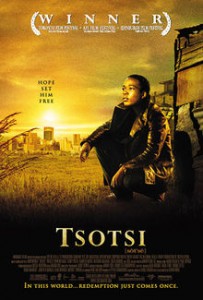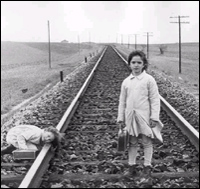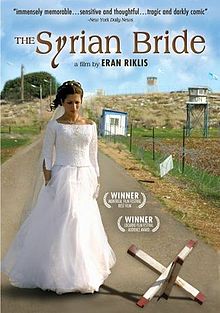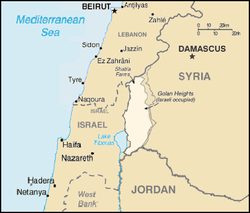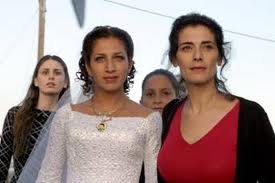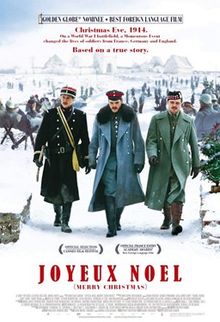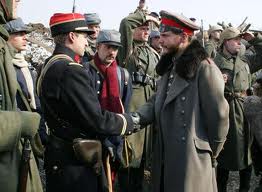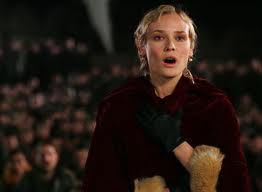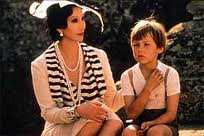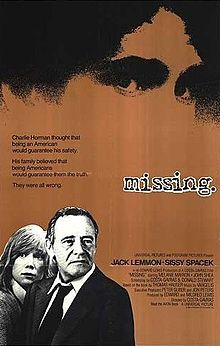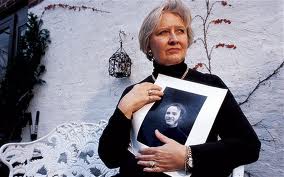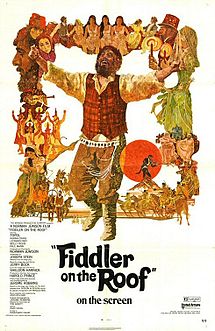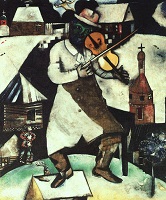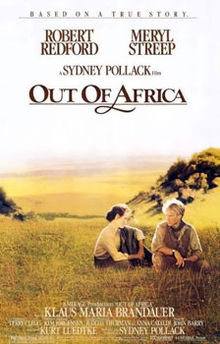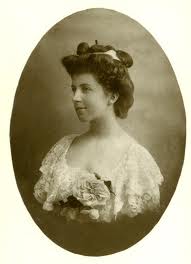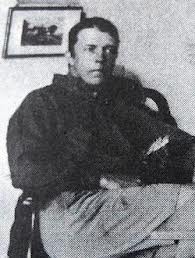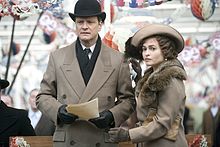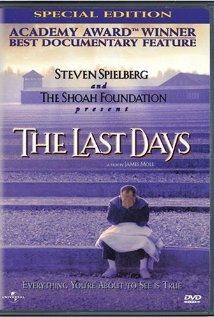 The Last Days is one of the documentaries of the testimonies of Holocaust survivors that was made with the financial support of a Shoah foundation; it features the testimonies of five Hungarian Jews who returned from the Holocaust alive. Tom Lantos, one of the five witnesses, later was elected as a member of the U.S. House of Representatives.
The Last Days is one of the documentaries of the testimonies of Holocaust survivors that was made with the financial support of a Shoah foundation; it features the testimonies of five Hungarian Jews who returned from the Holocaust alive. Tom Lantos, one of the five witnesses, later was elected as a member of the U.S. House of Representatives.
This Shoah foundation was founded by Steven Spielberg—who won an Academy Award for Schindler’s List—with the objective to record the testimonies of what happened to Holocaust survivors and pass on these records to the next generation. “Shoah” is the Hebrew word for “Holocaust.” Steven Spielberg’s ancestors seem to have lived in Austria around the 17th century, but he considers his family to be Ukrainian Jews. His whole family had immigrated to America early on, untouched by the Holocaust. Also, since his family lived in rural areas in Ohio and Arizona, and not in New York City where there is a large Jewish population, it seems like he didn’t have much of a connection to the Jewish community in America. However, because Schindler’s List was a success, the Holocaust has become one of his life’s works. In addition to being interested in recording the persecution of Jews, he also seems to be deeply interested in depicting the hardships of gay people as well as Africans brought to America as slaves.
Because Holocaust survivors have already become very old, their testimonies should be retained in some form or another. Spielberg’s mission is to show the truth about the Holocaust to the many people who might say, “I didn’t hear about the Holocaust during the war,” or, “The Holocaust isn’t a historical fact.” When the movie shows the photographs of Jews who had wasted away to skin and bones in the concentration camps, and photos of the remains of the very large concentration camps, you feel a realness, different than you would in a dramatized movie. For a facility that large, there must’ve been someone who designed it, people who built it, someone who managed it, and moreover there must have been a budget for it, since no project can happen without a budget.
This documentary depicts the reality of the Holocaust from the point of view of five people, but there is no explanation of why such a large-scale manhunt occurred in Europe during World War II. This is a mystery that they don’t understand either. These five people—who were surrounded by non-Jewish neighbors and friends, and brought up with the love of socially successful parents—believed that the increasingly harsh anti-Semitism legal regulations were temporary and due to the urgency of wartime, and that they could return to their regular happy life when the war ended. The Czech movie Protektor and the Polish movie In Darkness depict Jewish women who, even though others were risking their lives to shelter them, voluntarily enter Nazi concentration camps, angrily declaring something like, “I’m through with this foul and inconvenient life!!” It seems that not all, but many Jews in Europe were rich, and a woman raised in such a family is used to getting everything she wants. Perhaps these women couldn’t predict what a concentration camp would be like, and thought that it would be a safe place where they would be surrounded by fellow Jews, be able to breathe fresh air, and be more comfortable. Most Hungarian Jews thought that concentration camps were where people were forced to work, and accepted being sent to a labor camp because all their fellow Hungarians were struggling in this wartime. However, nobody would have imagined that they would be put on a train used for transporting cattle for days without bathrooms and sent to Auschwitz, and that the government of their own home country that they loved would decree it.
Compared to Hungary, Nazi-occupied Poland, Czech Republic, and France had Jews sent to concentration camps such as Auschwitz relatively early on in World War II; the Jew hunting started late in Hungary, not until 1944 when Germany’s defeat became certain. Hungary was Germany’s ally, so it was a relatively safe place for Jews. As in Divided We Fall, there were people whose business was helping Jews from the Czech Republic and Poland who had money to escape to Hungary. Even if a Jew who barely escaped alive explains what happened at a Nazi concentration camp in Poland, a Hungarian Jew may have been dubious that the German government could ever do that. They were different from Jews from Poland, the Czech Republic, or the Soviet Union, and believed they were protected by the Hungarian government.
However, anti-Semitic feelings among Hungarians seemed to gradually strengthen from 1920 through the 30s. Although Hungarian Jews made up only 5% of the entire population, most of them were in the wealthiest class. In 1921, 88% of the members of the Budapest Stock Exchange and 91% of foreign exchange brokers were Jews. It is said that Jews owned between 50 and 90% of Hungarian industry. Young Jews made up 25% of the Hungarian university students, while 43% of the students at the elite Budapest University of Technology were young Jews. It is said that in Hungary, 60% of the doctors, 51% of the lawyers, 39% of the private industry engineers and chemists, and 29% of the magazine editors were Jewish. I wonder if the Hungarian government worked with the Nazis as an outlet for the dissatisfied and struggling lower class by targeting their feelings of hatred toward the elite, affluent minority Jews.
Tom Lantos, who later became a member of the U.S. House of Representatives, escaped immediately from the concentration camp and took refuge in the hideout of Raoul Gustaf Wallenberg; from there, he performed underground anti-Nazi activities. Wallenberg was a Swedish diplomat, and he used his privileges as a diplomat to shelter escaped Jews in his office. According to some, 100,000 Jews were rescued by his efforts. However, after the retreat of Germany, Wallenberg went missing after visiting an office of the occupying Soviet Army to talk about the postwar security of Jews. It is said that he rescued Jews no matter the danger during the war, and he received the award “Righteous Among the Nations” from the Israeli government’s Yad Vashem Holocaust memorial. Some say that Wallenberg was regarded as a U.S. spy and was immediately arrested when he went to talk to the Soviet Army, and he died soon after at a Bolshevik concentration camp. Since Gorbachev took over power, such records are gradually becoming public.
For a man helping Jews in German-occupied Poland, not only he, but his whole family and at times neighbors all faced the death penalty, yet many Poles chose to help Jews regardless of the danger. 6,454 Polish people have won the “Righteous Among the Nations” award. Chiune Sugihara, a diplomat from Japan, is the sole winner of this prize from Japan.

